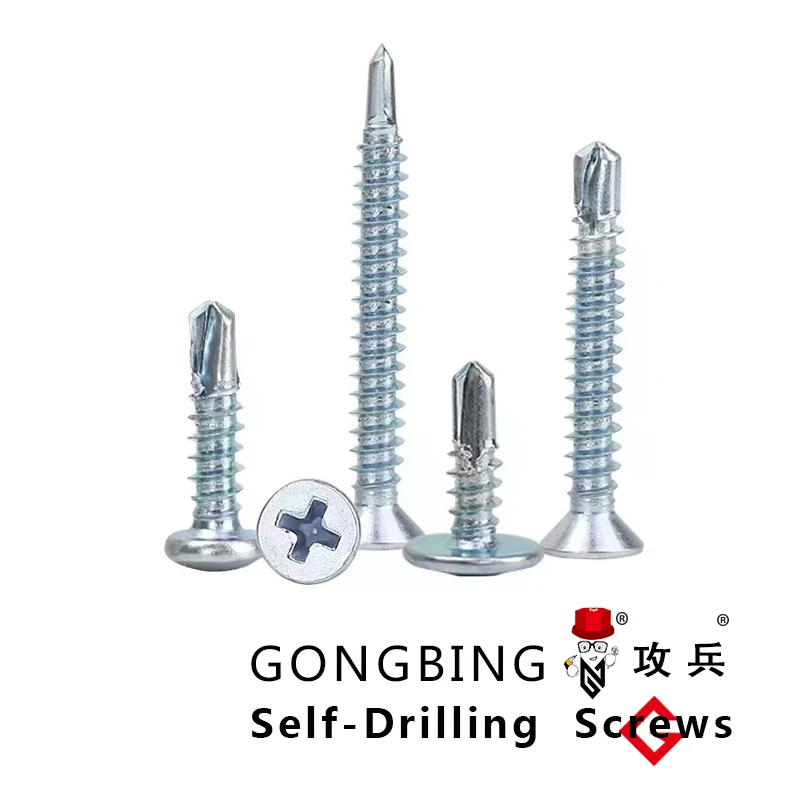Innovative Fasteners for Structural Steel Applications and Their Benefits
Understanding Structural Steel Fasteners A Key Component in Construction
Structural steel fasteners are essential components in the construction and engineering sectors, playing a pivotal role in ensuring the integrity and stability of various structures. From buildings and bridges to towers and industrial installations, these fasteners provide the necessary connections that maintain structural integrity. This article delves into the types, applications, and importance of structural steel fasteners.
Types of Structural Steel Fasteners
Structural steel fasteners come in various shapes and sizes, each designed for specific applications. The most common types include bolts, nuts, washers, and rivets.
1. Bolts These are threaded fasteners that come with a head on one end and are primarily used to join two or more components together. Bolts are categorized into various types, including high-strength bolts, which are often used in steel construction due to their enhanced load-bearing capabilities.
2. Nuts Typically used in conjunction with bolts, nuts are hexagonal or square pieces with a hole in the center that fits onto the threaded end of the bolt. They serve to secure the connection by creating a clamping force when tightened.
3. Washers These flat discs made from metal or plastic are used to distribute the load of a fastener, preventing damage to the surface being fastened. They also help to prevent loosening due to vibration.
4. Rivets Once a staple in construction, rivets are now less common but still important in specific applications. These are permanent fasteners that are installed by deforming one end, creating a strong bond between the materials.
Applications of Structural Steel Fasteners
structural steel fasteners

The versatility of structural steel fasteners means they are used in a multitude of applications, including
- High-rise Buildings Structural fasteners are used to connect steel beams and columns, contributing to the overall stability of skyscrapers. The proper selection and installation of these fasteners are crucial to ensuring safety and compliance with building codes.
- Bridges Fasteners play a significant role in bridge construction, where they help to secure steel components subjected to dynamic loads and vibrations. The design and quality of these fasteners are essential for the longevity of the structure.
- Industrial Structures Factories and warehouses often rely on structural steel frameworks, where fasteners are essential for connecting and securing steel elements. These structures need to withstand substantial loads, making the quality of fasteners paramount.
Importance of Quality and Standards
The importance of quality and standards in structural steel fasteners cannot be overstated. Fasteners must meet certain strength and durability criteria to ensure safety and performance. Various organizations, such as ASTM International and ISO, provide clear guidelines and standards that manufacturers must follow to guarantee the reliability of fasteners.
Using substandard or improperly designed fasteners can lead to catastrophic failures, potentially resulting in loss of life and significant financial repercussions. Therefore, engineers and construction professionals must prioritize the selection of high-quality fasteners, backed by thorough testing and certifications.
Conclusion
In conclusion, structural steel fasteners are a fundamental element of modern construction, providing the necessary connections that maintain the stability and safety of structures. With a variety of types and applications, these fasteners must adhere to strict quality standards to ensure their effectiveness. As the construction industry continues to evolve, advancements in materials and technologies will likely lead to even more efficient and durable fastening solutions, further enhancing the integrity of the structures that shape our world. By understanding the critical role of structural steel fasteners, we can appreciate the intricacies of engineering and construction, ultimately ensuring safer and more resilient infrastructure for future generations.
-
Weatherproof Plastic Expansion Anchors for OutdoorBalitaJun.06,2025
-
Sustainability in the Supply Chain: Eco-Friendly TEK Screws ProductionBalitaJun.06,2025
-
Load-Bearing Capacity of External Insulation FixingsBalitaJun.06,2025
-
Double Head Bolts: Enhancing Efficiency in Industrial MachineryBalitaJun.06,2025
-
Corrosion Resistance in Chipboard Screws: Coatings for Wholesale DurabilityBalitaJun.06,2025
-
Butterfly Toggle Bolts : Enhancing Structural ResilienceBalitaJun.06,2025
